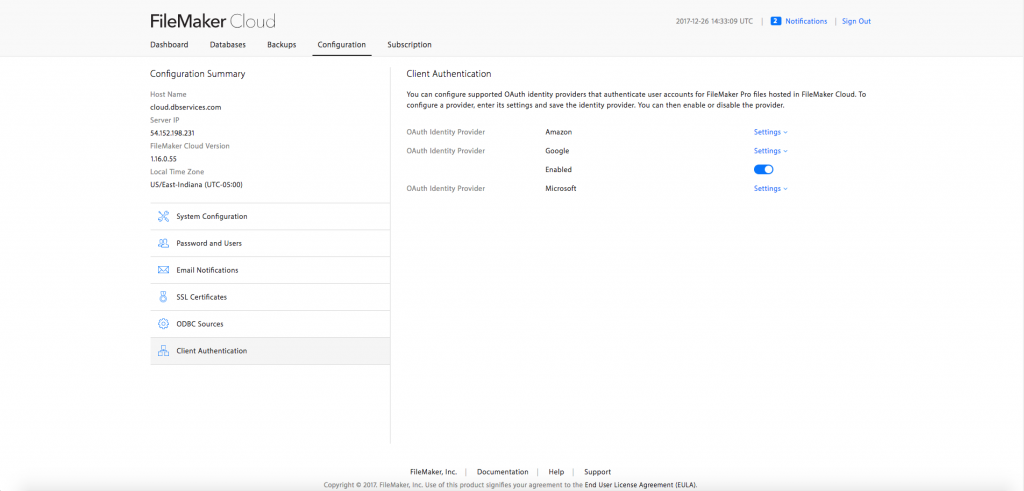
Once you have created a DDR for your FileMaker file, you can then use Version control on the DDR files. Geist Interactive has a great article on how to create a DDR It adds a little bit of overhead, but provides you with detailed files about design changes that can be compared. So how can you leverage Version control to see the development changes that you make to a FileMaker file? One process we have come up with, is to utilize the Database Design Report (called DDR) for the file as you work on it. It also means that you are storing a complete copy of the file each time you commit it to your Version control system. This means you can’t easily see what change has been made, you can only see that the file has changed. When changes are made, the entire binary file changes. This is because the FileMaker file is a binary file and is not stored in a text format that can be easily compared.

While you can store the changes that you make to a FileMaker file, you won’t know what those changes are. This isn’t the same with a FileMaker file.

It also makes storing references to those changes small because it only records the changes and doesn’t store the entire file over and over again with each change. This works because the file is stored as text and any changes to the file can be compared and you can see differences between changes. In this instance you added the word “ big” to the sentence. The Version control system would now have a history of the changes you made, and you would be able to see the differences that you made. Then you change the sentence to “Hello big world!”, save and commit that to the Version control system and call it something like “I added the word big”. You then commit that to a Version control system calling the commit something like “My First Sentence”. How does it work? Imagine you are writing a sentence, “Hello World!”, you save it in a file that stores the content as text.

It also allows you to roll back to states in the development cycle history. It allows you to implement a change or feature, and then document those changes to see what has changed. When developing software, Version control works by comparing changes in files over time. How can you use Version control with FileMaker, and what is it? Read this article to find out.

When developing FileMaker solutions, one of the issues that always comes up is the lack of Version control options.


 0 kommentar(er)
0 kommentar(er)
